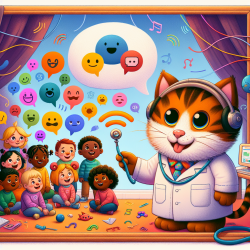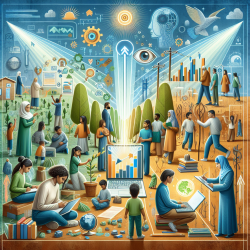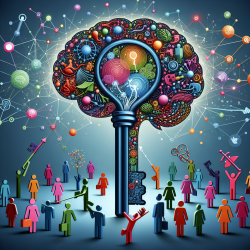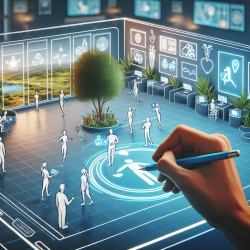Revolutionizing Developmental Biology: Insights from Ancient Embryology
As practitioners in the field of speech-language pathology, we often rely on modern scientific discoveries to guide our practices. However, a recent review article titled Aristotle, Buddhist scripture and embryology in ancient Mexico: building inclusion by re-thinking what counts as the history of developmental biology challenges us to broaden our horizons by exploring the rich, yet underappreciated, history of embryological thought outside of Europe. This exploration not only enriches our understanding of developmental biology but also encourages more inclusive practices that can enhance outcomes for children.
Unveiling the Hidden Gems of Ancient Embryology
The review highlights the extensive embryological knowledge found in ancient Asian and Latin American cultures, which often predates or parallels European scientific thought. For instance, the Garbhāvākrāntisūtra, a Buddhist scripture, provides a remarkably accurate week-by-week account of human development, rivaling modern descriptions. Similarly, ancient Chinese texts like the Taichanshu offer detailed embryological insights, complete with illustrations that predate European visualizations by centuries.
In ancient Mexico, the Olmec civilization created sculptures that accurately depict fetal proportions and anomalies, suggesting a sophisticated understanding of human development. These findings underscore the need to integrate non-European perspectives into our understanding of developmental biology, fostering a more inclusive approach to science and practice.
Implications for Practitioners
As practitioners, incorporating these diverse historical perspectives can enhance our understanding of child development and inform our therapeutic approaches. Here are some ways to apply these insights:
- Broaden Your Knowledge Base: Explore the embryological insights from ancient cultures to gain a deeper understanding of developmental processes.
- Encourage Inclusive Practices: Recognize the value of diverse perspectives in shaping scientific knowledge and apply this inclusivity in your practice.
- Foster Cultural Sensitivity: Understanding the historical context of developmental biology can enhance cultural sensitivity when working with diverse populations.
Encouraging Further Research
The review article calls for further exploration into the rich history of embryological thought outside of Europe. By engaging in this research, practitioners can contribute to a more comprehensive understanding of developmental biology, ultimately benefiting the children we serve.
To read the original research paper, please follow this link: Aristotle, Buddhist scripture and embryology in ancient Mexico: building inclusion by re-thinking what counts as the history of developmental biology.










